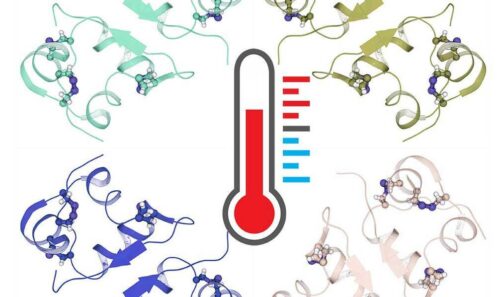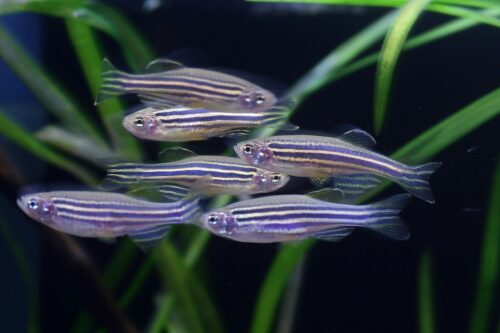We provide the first evidence that a fullerene derivative can be extensively mineralized under environmental conditions by direct photolysis. Dissolved inorganic carbon (DIC) was identified as a major photoproduct of fullerenol, a hydroxylated C(60) molecule and the ratio of moles DIC produced to moles of fullerenol reacted reached 28 or approximately 47% of complete mineralization on extensive irradiation by simulated solar radiation. The direct photoreaction kinetics of fullerenol in dilute aqueous solution can be described by pH-dependent biexponential rate expressions. This photoreaction slowed by a factor of 2 in nitrogen-saturated water. The oxygen dependence is attributed to photoinduced electron or hydrogen atom transfer from fullerenol to oxygen to produce superoxide ions with a quantum yield of 6.2 x 10(-4). Fullerenol can photosensitize the production of singlet oxygen ((1)O(2)) in dilute aqueous solution with quantum yields ranging from 0.10 in acidic water to 0.05 in neutral and basic solution. However our results indicate that chemical reactions involving diffusive encounters between (1)O(2) or superoxide and fullerenol are too slow to significantly contribute to the fast component of fullerenol photoreaction in sunlight. The pH dependence of the direct and sensitized photoreactions is attributed to changes in intramolecular hemiketal formation in fullerenol.
Related researches 71 articles
























![Inhalable gadofullerenol/[70] fullerenol as high-efficiency ROS scavengers for pulmonary fibrosis therapy](https://biofullerene.com/wp-content/uploads/2022/12/istockphoto-12925559-440x356.jpg)

























![Palladium-Catalyzed Reaction of [60]Fullerene with Aroyl Compounds via Enolate-Mediated sp 2 C-H Bond Activation and Hydroxylation](https://biofullerene.com/wp-content/uploads/2022/12/2978543-356x356.png)











